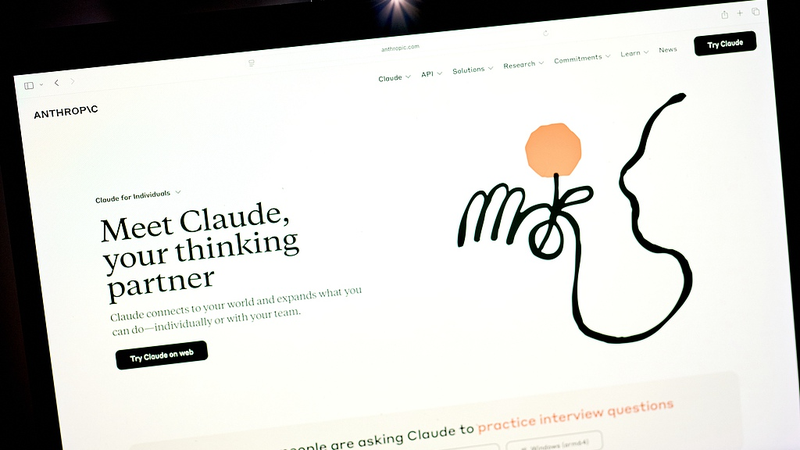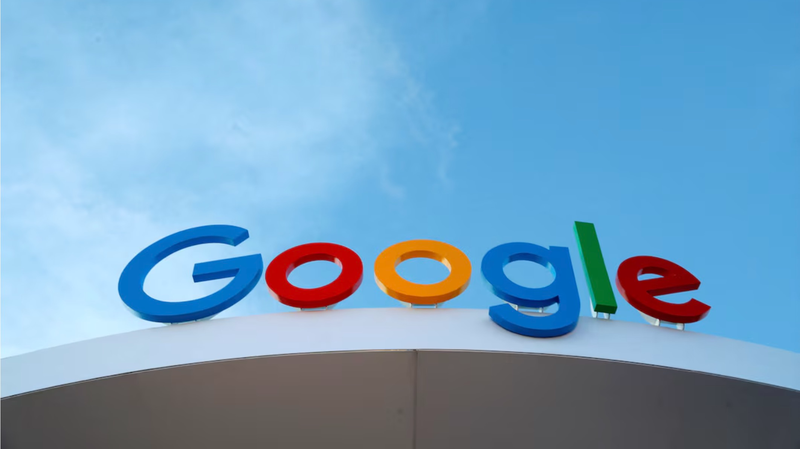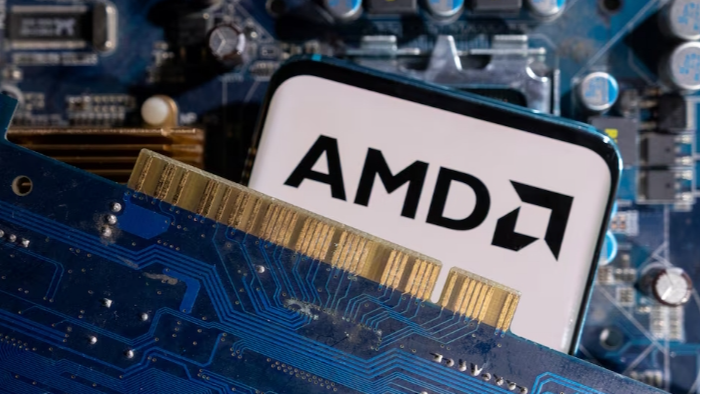In a landmark move reshaping the AI development landscape, Anthropic has expanded its partnership with Google to secure access to up to one million tensor processing units (TPUs) – specialized AI chips valued at tens of billions of dollars. The deal positions the Claude chatbot creator to leverage unprecedented computing power as it races against competitors like OpenAI in developing advanced large language models (LLMs).
Starting in 2026, Anthropic will utilize over one gigawatt of Google Cloud computing capacity – equivalent to the annual energy consumption of 700,000 U.S. households – to train future iterations of its Claude models. The partnership marks a strategic shift for Google, which previously reserved its proprietary TPUs primarily for internal projects.
"Google's TPUs offer the optimal balance of performance and cost-efficiency for our enterprise-focused AI systems," an Anthropic spokesperson told KhabarAsia. The company has already been using earlier-generation TPUs to develop Claude's current capabilities in coding assistance and business process automation.
The agreement underscores the intensifying global competition for AI infrastructure. Rival OpenAI reportedly seeks to secure 26 gigawatts of computing power through multiple partnerships – enough to power 20 million homes – highlighting the industry's exponential resource demands. Analysts estimate each gigawatt of AI computing capacity now carries a $50 billion price tag.
While most AI firms rely on Nvidia's GPUs, Anthropic's TPU commitment signals growing diversification in chip architectures. Google Cloud will also provide complementary services, potentially creating new benchmarks for AI development platforms.
This partnership arrives as governments worldwide implement AI regulations. Anthropic's focus on "safe AI development" and enterprise applications positions it uniquely in markets increasingly concerned about ethical AI deployment. The expanded computing power could accelerate innovations in sectors from healthcare to financial services across Asian markets.
Reference(s):
cgtn.com






